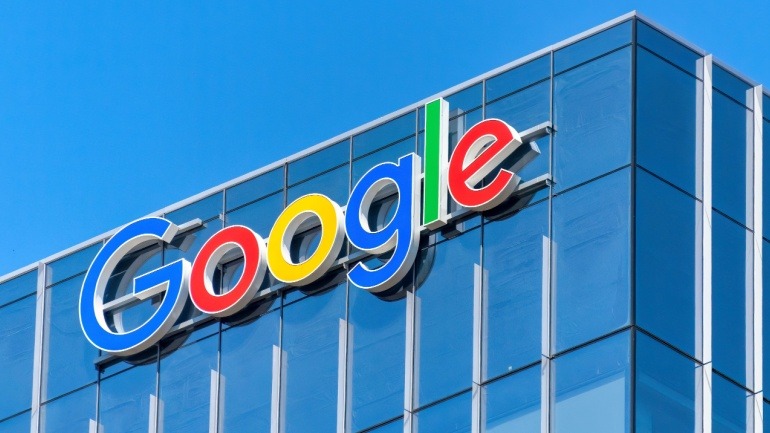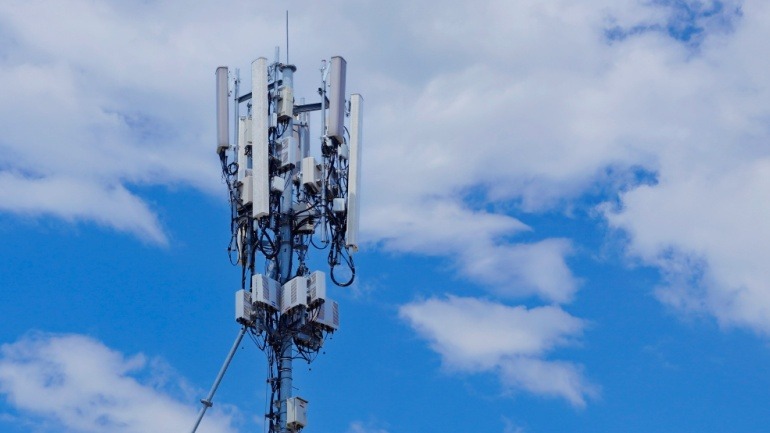Airtel Business and Vonage have launched Airtel IQ Business Connect, a unified communications platform for Indian enterprises. Leveraging Vonage’s cloud technology and Airtel’s network, the solution enables seamless, cross-device engagement.
VoIP technology is revolutionizing telecommunications, and the partnership between Ericsson and Chunghwa Telecom is a testament to this transformation. This collaboration enhances Taiwan’s 5G infrastructure, integrating advanced VoIP solutions to boost efficiency and sustainability.
Deutsche Telekom is charging forward in the VOIP industry with bold targets for 2027, focusing on AI to boost revenue and operational efficiency. Aiming for 4% annual growth, they’re set to revolutionize global connectivity.
Kia India and Airtel Business have partnered to integrate IoT technology into Kia’s connected vehicles in India. Leveraging Airtel’s eSIM and IoT Hub, the collaboration enhances telematics, infotainment, and safety.
Sinch, which is pioneering the way the world communicates through its Customer Communications Cloud, today announced that it is paving the way for the transformation of emergency communications with its advanced Next Generation 911 (NG911) technology. By integrating a wide range of multimedia options — such as voice calls, real-time text (RTT), internet of things (IoT) data and video — Sinch enhances accessibility and ensures more reliable and comprehensive communication than voice-only 911 services. These NG911 innovations ensure first-responders receive mission-critical, real-time data, improving response times and public safety.
Microsoft’s latest Digital Defense Report reveals a staggering 600 million daily cyberattacks amid global geopolitical tensions. As discussed by OpenText Cybersecurity’s Matt Aldridge, the landscape poses a complex threat matrix involving cybercrime gangs and state-backed entities.
The UAE-based telecoms giant, e& UAE, has shattered records by achieving a staggering 62 Gbps speed on their cutting-edge 5G-Advanced network. By amalgamating high and low-band frequencies, leveraging MU-MIMO technology, and collaborating with Ericsson, they enhance download speeds.
The rapid expansion of AI, especially generative AI, has led tech companies to explore innovative energy solutions. In a groundbreaking move, Google collaborates with Kairos Power to harness nuclear energy, marking the first time a tech giant embraces nuclear power to meet its AI energy demands, significantly reducing carbon emissions.
The Republic of Korea Navy is enhancing its military capabilities by implementing a private 5G network for its Smart Naval Port project. This collaboration with Samsung and KT aims to revolutionize naval operations with AI-enabled connectivity, real-time video control, and optimized security.
Telinta, a global leader in cloud-based softswitch solutions, and VoIP Supply, a leading provider of IP Phones and provisioning services, have teamed up to better serve the needs of Internet Telephony Service Providers (ITSPs). The two companies invite ITSPs to participate in a joint webinar to learn more about unique solutions and special promotions.













